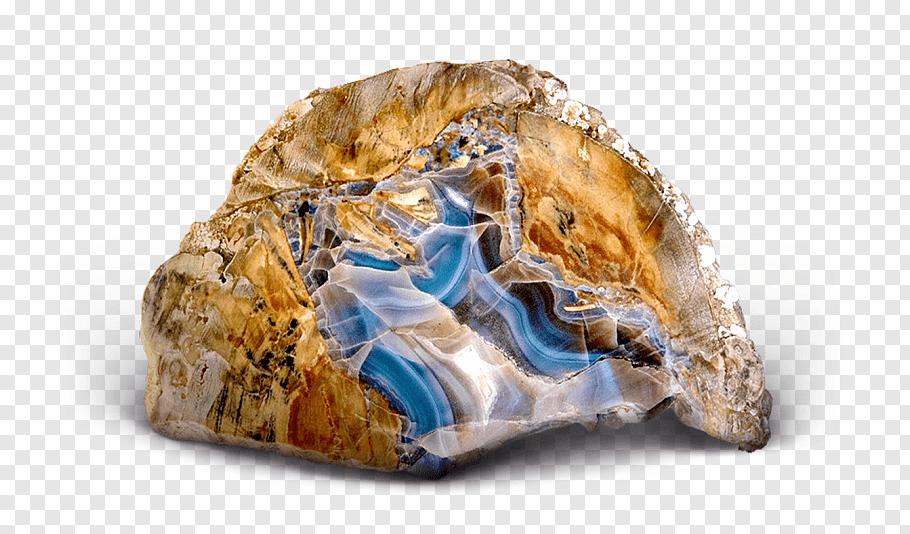Agate is a common rock formation, consisting of silica, chalcedony and quartz as its primary components, the formation consists of a wide variety of colours and grain size. Agates are primarily formed within volcanic rocks and metamorphic rocks. These stone have been seen to have dated back as far as Ancient Greece, however with their mediocre durability, their everyday uses are most commonly as decorations or jewelry.
Agate mineral rocks are one of the most long-appreciated natural gemstones with a history that goes all the way back to the Neolithic era. There are many different types of agate. Each variety shares the agate benefits that are at the heart of agate meaning; however, each different agate variety adds its own particular agate properties for enhanced agate meaning.
AGATE HISTORY
Agate is a variety of banded chalcedony, which is a type of mineral rock within the quartz family. Some of the agate properties included in agate meaning are common throughout all banded chalcedony stones and quartz crystals. These commonalities are to be expected, since there are similarities in their composition.
Agate stones were originally found in Sicily along the banks of the Achetes River, hence the name agate. The use of agate gemstones for the agate healing properties at the heart of agate meaning go all the way back to the age of Babylon. The healing properties of agate were utilized in Ancient Egypt and Ancient Greece. Their agate powers eventually reached Africa and spread through the Middle East to Russia. In the 1400’s, the stone cutting and polishing business took off in Germany, thanks to these beautiful banded chalcedony stones. The business turned into a full-blown industry and is still going strong today.








